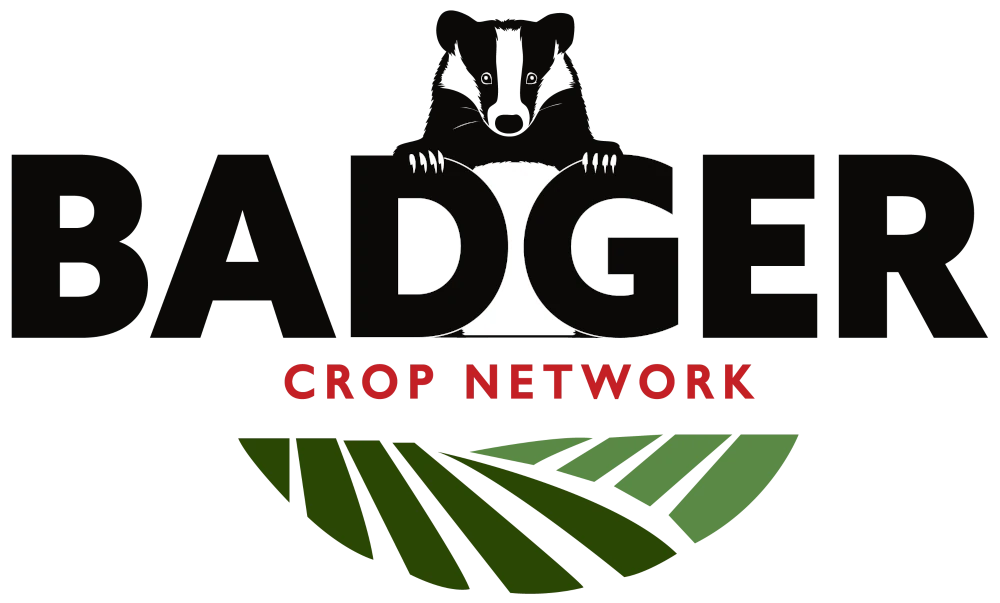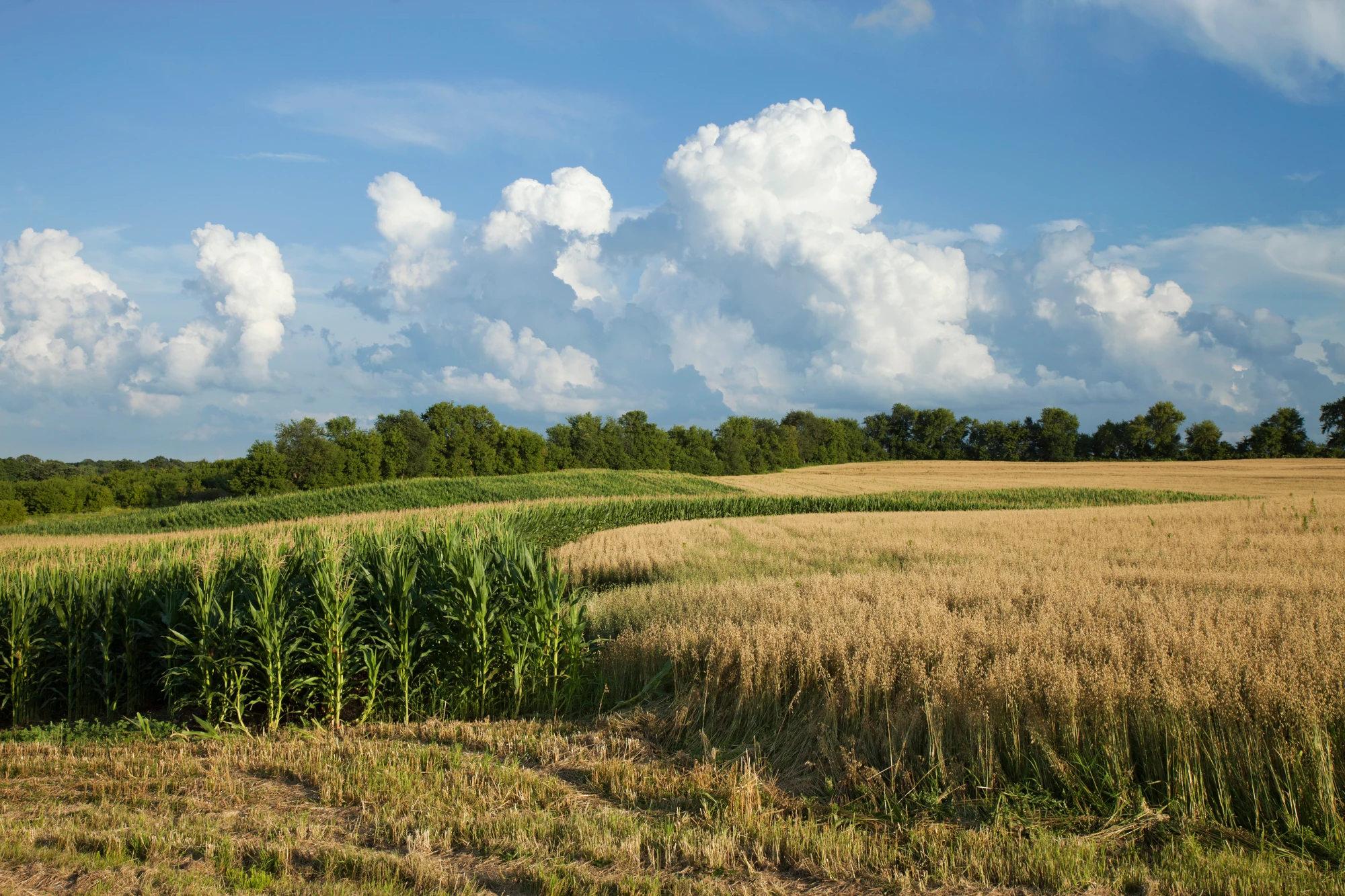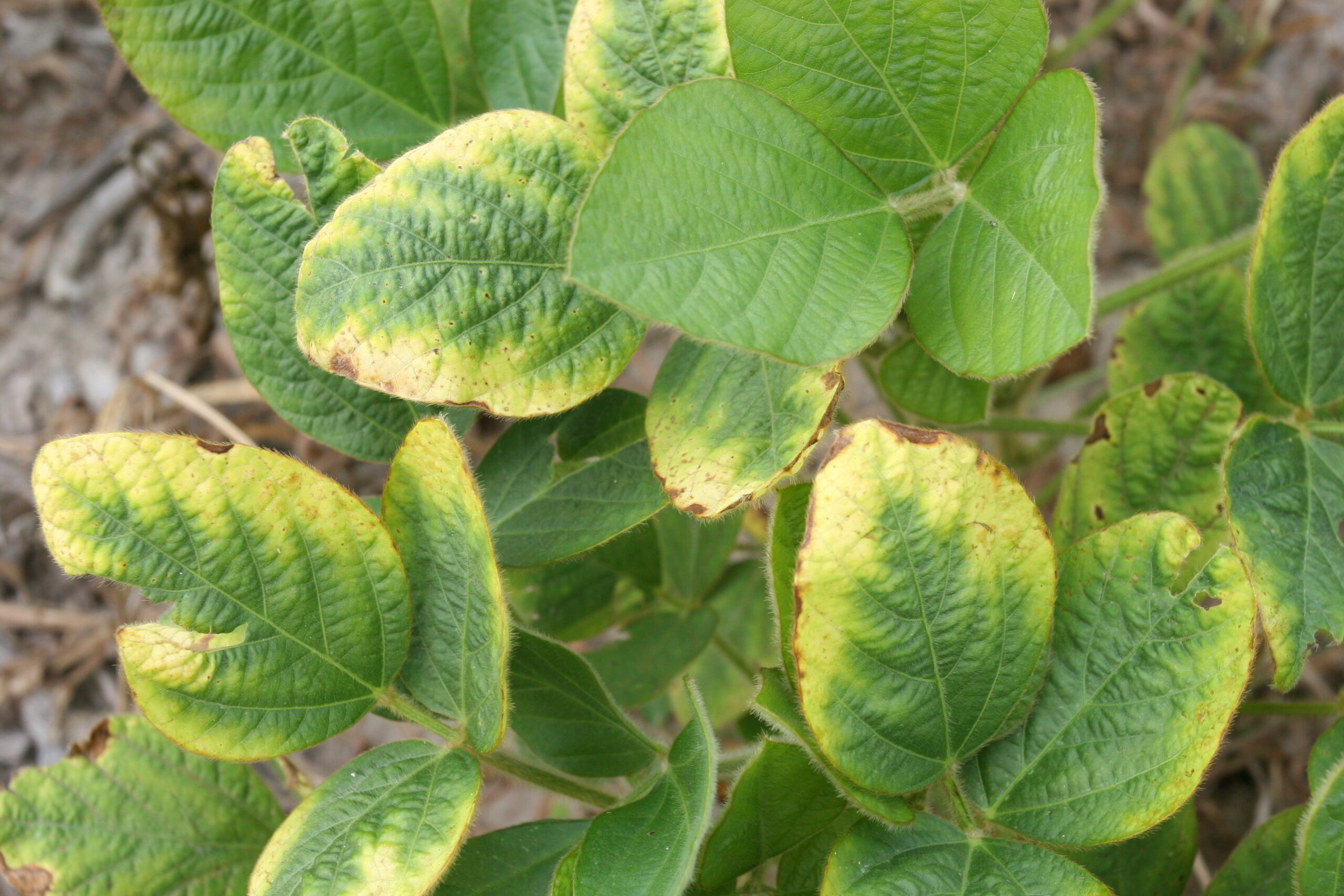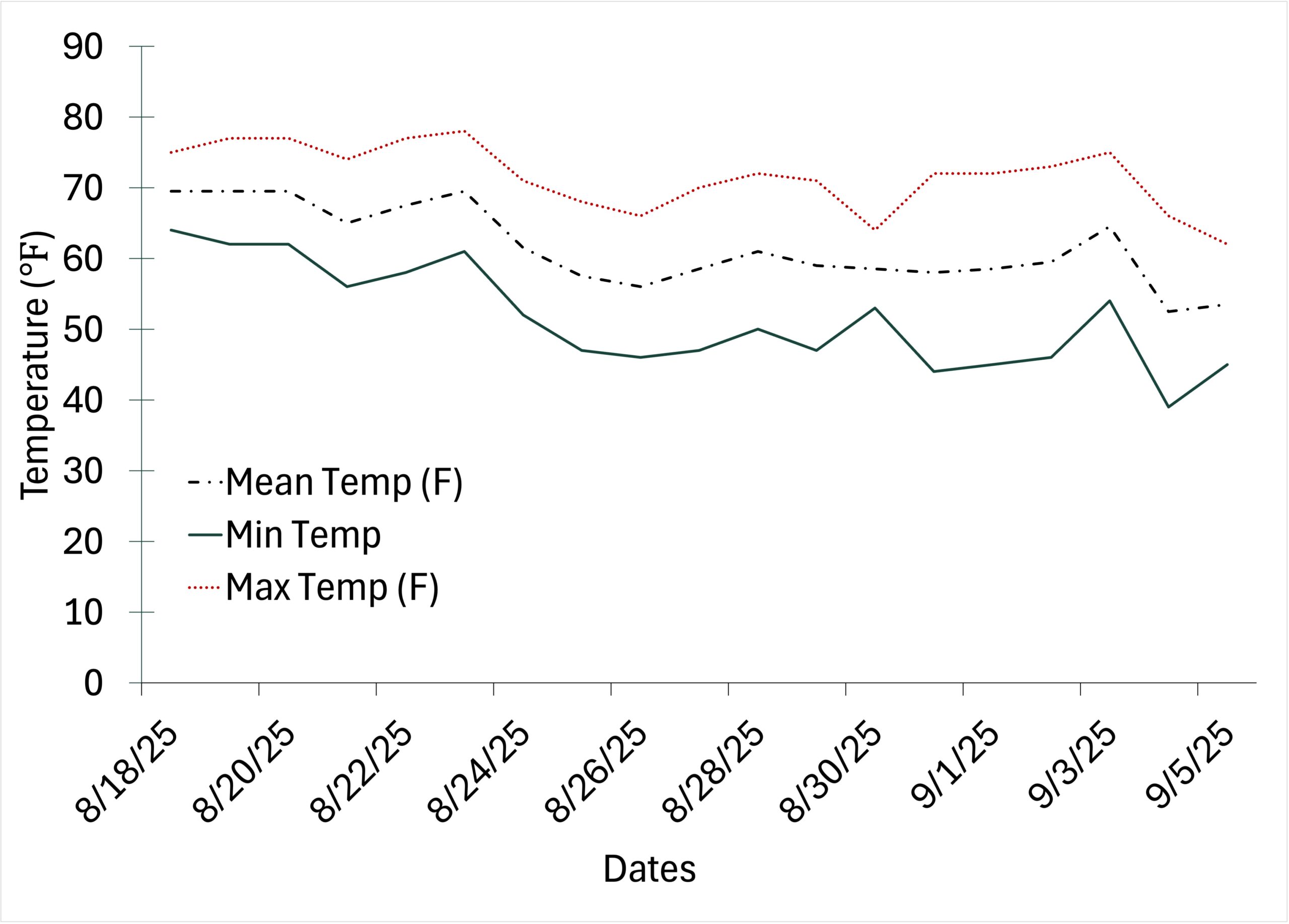Damon Smith, Extension Field Crops Pathologist, Department of Plant Pathology, University of Wisconsin-Madison
For those of you who listened to hit music of the 1990s you probably are whistling that catchy toon by Salt-N-Pepa. While you reminisce about the good ol’ days of high school and college, let’s talk about tar spot and what is happening out there.
Over the last several weeks we have seen confirmed positives for tar spot in parts of Iowa, Missouri, Kansas, Nebraska, Indiana, and Illinois (Fig. 1). We have been diligently looking in Wisconsin and have not yet found it. However, I’ll publish this article and then I’ll get an email from someone saying that they have found it in Wisconsin. I won’t be surprised, the weather has been VERY conducive in Wisconsin!
My advice is to get prepared and make sure you have the tools in place to deal with this problem. As I said the last few seasons, tar spot is here to stay and we need to simply be prepared and ready to fight the disease. The first line of defense is to know if you have had tar spot before. This will tell you if there is resident inoculum sources (residue that harbor SPORES!) present that can initiate epidemics. If you have seen tar spot on your farm before, then assume the pathogen is present and in close proximity to corn (the host). Remember the disease triangle? The last component of the triangle is the weather. If there has been conducive weather then the triangle has been met and risk is high for finding tar spot. So how do you know if the weather is conducive? Well, there are some interactive tools for that!
Tarspotter and Field Prophet (the original smartphone apps) no longer function. You will want to remove those tools from your smartphone and point your browsers to several new tools. If you are in Wisconsin and are interested in using measured weather data from the Wisconet, you might like the the Wisconsin Agricultural Forecasting and Advisory System. Outside of Wisconsin, you can access the new Crop Protection Network Disease Forecasting tool to help you determine if the weather has been conducive to put your corn crop at high risk of tar spot development. Neither of these tools tell you if the pathogen is present. We are working on this part of the triangle to improve our predictions, but you need to determine if the pathogen is present in your field. These tools just tell you if the weather has been conducive.
So what weather is conducive for tar spot development? Yes, precipitation is helpful, but more importantly, we need intermittent wet/dry cycles to give us intermittent leaf wetness. Specifically leaf wetness at night. What gives leaf wetness this time of year other than rain? That would be high dew points and humidity. These variables are included in the models that run in our online tools. We also include temperature which is an influential variable too. These variables are measured over the last 14 days and 30 days and included in each daily run of the tool. We use the GPS coordinates for the points you set to pull down cloud-based weather for a precise location in the CPN tool. Thus, these results are site-specific. In the Wisconsin tool, you can click on a Wisconet station location and obtain risks for those locations using measured weather data from that station. The CPN version of the models also provide a trend line on how tar spot risk has been progressing and also allows for a true 7-day forecast. These additional tools can better help with the decision-making process. If you would like to learn more about the “nuts and bolts” that run behind the smartphone apps, you can find our research publication HERE.
My corn is at V8-V10, should I spray Fungicide?
My short answer is no! The disease is just getting started. If you find it in Wisconsin right now, it will be at low severity and is low in the canopy on leaves that are not going to contribute to yield. My advice is to use your prior knowledge of where tar spot occurred and the Tarspotter tool to help guide your scouting efforts. Get out into the fields and know what you are dealing with. Figure 2 shows various severity levels on a corn leaf. We don’t start to see yield loss until we reach about 10% severity on the ear leaves or above. Thus, you have time! Target fields planted to known susceptible hybrids. Get yourself prepared and use those lower leaves to monitor severity and tar spot progress. Be ready to protect (put fungicide on) those leaves that contribute to yield (ear leaf and above), later on especially if the weather becomes increasingly conducive (think wet/dry cycles!) and/or your scouting indicates severity is increasing.

Figure 2. Examples of tar spot severity levels on corn leaves. Photo courtesy of Dr. Darcy Telenko, Purdue University
When should I spray fungicide? What should I use?
When making decisions on using a fungicide for tar spot management keep in mind that fungicide active ingredients are important. Products with multiple fungicide classes are preferred (QoI + DMI or QoI + DMI + SDHI). Products with multiple fungicide classes tend to provide better efficacy and delay the development of fungicide resistance. See the Crop Protection Network Interactive Fungicide Efficacy tool for specific products and their ratings for tar spot and other diseases. If you want to learn more about fungicides and how to best use fungicides, check out the Field Crop Fungicides Webpage.
Application timing is very important for tar spot management. It is best to use scouting and/or tar spot risk tools like those indicated above, to make informed decisions about when to apply fungicides for tar spot management. These tools use weather data to determine if the environmental conditions are favorable for tar spot to develop, and consequently optimize fungicide application timing.
In most years, a fungicide application will not be needed prior to the V10 growth stage. In most years, one well-timed (VT-R3 growth stages) fungicide will be sufficient to manage tar spot. Even in years where two applications appear to improve tar spot control, improved ROI is marginal over a single well-timed application. You can run different fungicide ROI scenarios for your farm HERE.
The Conclusion
DON’T PANIC! This is just a call to be ready. Have the risk tools bookmarked in your browser. Use your prior knowledge and scouting in key locations to track tar spot. Get your management plan in place. Have your fungicide of choice available. Communicate with your custom applicator. Be ready to spray between the VT and R3 growth stages if you plan to use just one fungicide application and you are seeing tar spot increase. If you spray between the V8 and VT growth stages, be ready to monitor the weather tools and do more scouting as you might have to pull the trigger again later in the season. Get out and SCOUT, SCOUT, SCOUT!
Other Resources
- Tar Spot Web Book
- Fungicide Use in Field Crops Web Book
- Corn Foliar Fungicide Efficacy Table
- Wisconsin Fungicide Test Summaries
- The Crop Protection Network CPN TV Tar Spot Series
